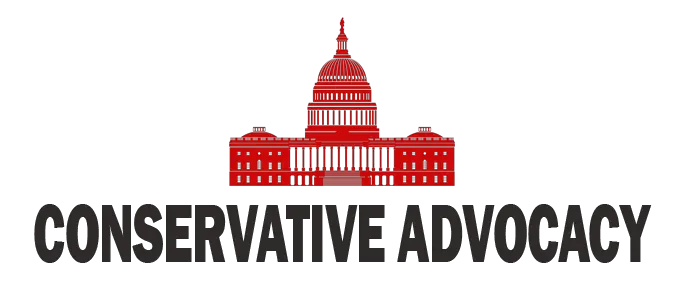President Trump’s second term has brought renewed focus to American agriculture, with bold policies aimed at reshaping the sector to prioritize domestic production and food security. From tariffs to biosecurity measures, the administration has taken decisive steps to address challenges facing farmers and consumers. However, the rollout of these initiatives has sparked debate, with some praising the vision for self-reliance while others warn of unintended consequences that could strain rural economies.
One of the most controversial aspects of Trump’s agricultural agenda is his aggressive use of tariffs. By imposing levies on imports from Canada, Mexico, and China, Trump aims to protect domestic farmers from foreign competition. While this strategy aligns with his “America First” ethos, it has led to retaliatory tariffs that hurt U.S. agricultural exports, particularly soybeans, corn, and pork. Farmers who rely on global markets are now grappling with reduced demand abroad and higher input costs at home, creating financial uncertainty for many. Trump’s call for farmers to focus on domestic sales may sound patriotic but overlooks the reality that American agriculture produces far more than the domestic market can consume.
Despite these challenges, the administration has taken proactive steps to address specific crises within the food economy. For instance, the $1 billion plan to combat avian flu and lower egg prices has been widely welcomed. This initiative includes funding for biosecurity measures, financial relief for affected farmers, vaccine development, and regulatory reforms. By tackling the root causes of soaring egg prices—such as disease outbreaks—Trump’s team is demonstrating a commitment to practical solutions that benefit both producers and consumers. Families struggling with inflation under previous administrations are finally seeing relief at grocery stores as egg prices stabilize.
Another significant policy shift involves the deregulation of pork and poultry processing plants. The administration has removed outdated restrictions to allow faster production speeds while maintaining food safety standards. This move is designed to boost efficiency and reduce costs for producers—a critical step in strengthening supply chains amid rising global demand. Critics argue that such deregulation could compromise worker safety, but Trump’s team insists that extensive research supports these changes without increasing risks.
While some farmers have benefited from targeted relief programs like those addressing avian flu or drought recovery under the American Relief Act of 2025, others are facing funding freezes that threaten their livelihoods. USDA grant suspensions have left farmers unable to access critical resources for hiring labor or upgrading equipment. These disruptions highlight a disconnect between Trump’s rhetoric of support for rural America and the practical implementation of policies that leave many struggling.
In sum, Trump’s farm policies reflect a bold vision for reshaping American agriculture but come with significant risks. His focus on domestic production and deregulation aligns with conservative principles of self-reliance and efficiency but requires careful balancing to avoid alienating rural voters who form a key part of his base. As farmers navigate these turbulent times, the administration must ensure its policies deliver tangible benefits rather than exacerbating existing challenges. Only then can America’s agricultural sector truly thrive in this new era.




